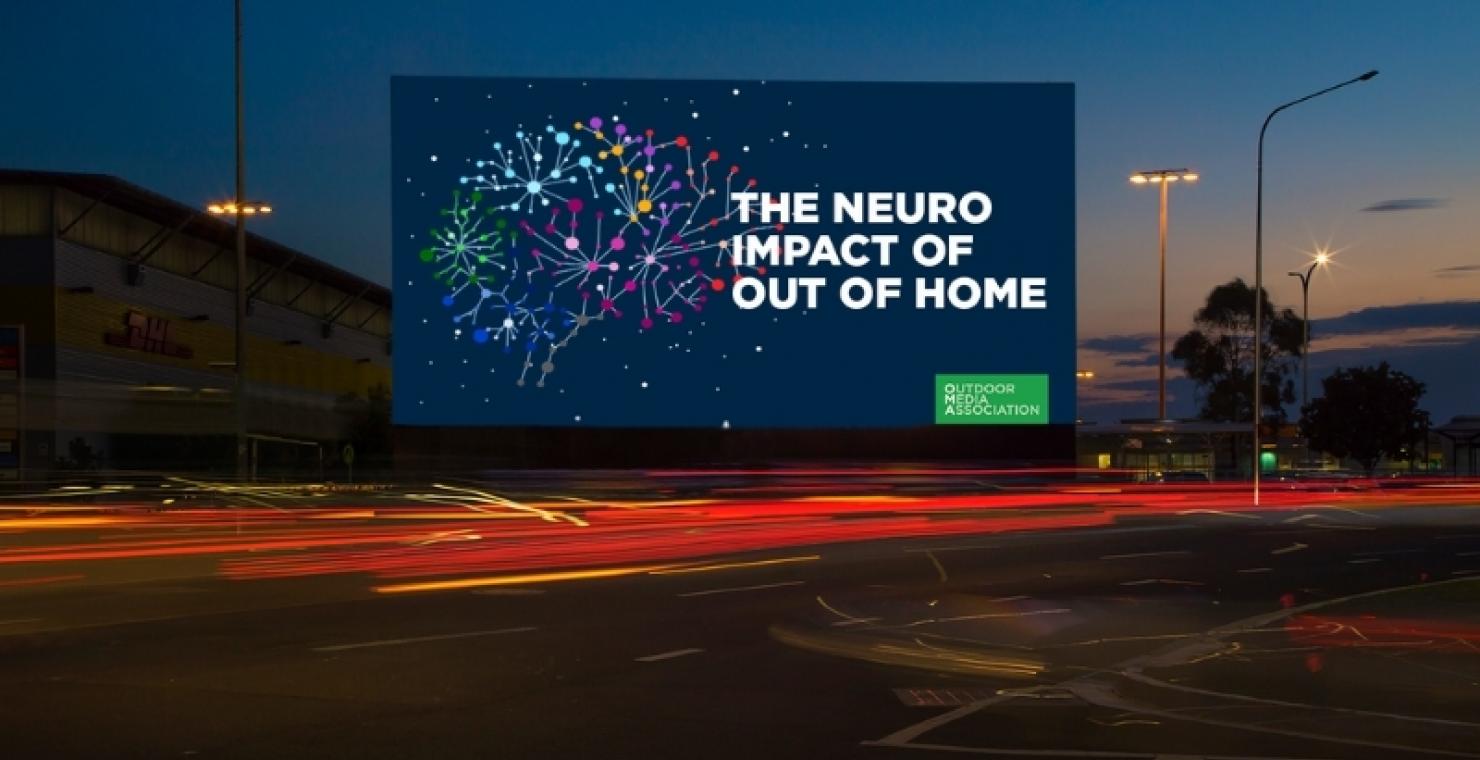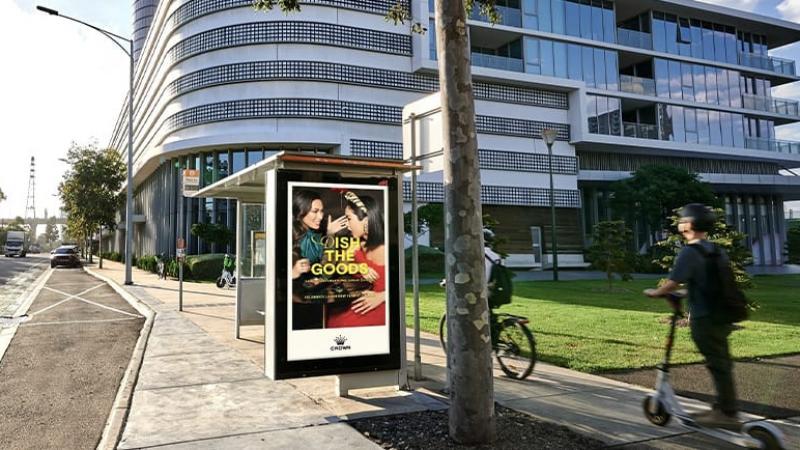
Ground-breaking neuroscience study proves impact of Out of Home signs
A world-first research study launched today by the Outdoor Media Association (OMA) reveals how people are impacted by advertising on both classic and digital Out of Home (OOH) signs.
The neuroscience findings show that advertising seen on classic signs is just as impactful as a 30 second radio commercial or 15 second television advertising spot. Advertising seen on digital signs averages even higher by delivering 63 per cent more impact than classic signs. Crucially the results provide proof that advertising seen on OOH signs have the power to deliver impact in just a one or two second glance.
It is the single largest media neuroscience study of its kind in the world, resulting in more than one million data points.
“This research is a game-changer for Out of Home. Not only have we provided undeniable, scientific proof of the subconscious impact of advertising, but we have also shown that just one glance at one of our signs is sufficient for brand messages to elicit an emotional response that encodes into long term memory. What’s more, it introduces a qualitative measure that will be added in 2022 to our audience measurement system, MOVE, giving agencies and clients yet another tool to help them plan and buy their Out of Home campaigns,” said OMA CEO Charmaine Moldrich.
In conducting the two-year research project for the OMA, Melbourne-based neuroscience research company Neuro-Insight used eye-tracking and brain-imaging technology to analyse the brain’s neural response when looking at advertising on OOH signs. More than 2,000 people participated in the study and their responses to over 800 classic and digital signs were recorded.
By measuring the peak moments of long-term memory encoding and emotional intensity in the brain, Neuro-Insight was able to evaluate the impact of OOH signs on the audience. Both memory and emotion are key neuroscience metrics associated with mental availability which is linked to effective advertising campaigns.
CEO of Neuro-Insight Peter Pynta said, “What we have accomplished in doing this research is go beyond the ‘how many’ part of the equation that comprises most mature media measurement. With the Neuro Impact Factor, we have brought in a quality dimension in a scalable way. We finally have three parts of the triangle of reach, frequency and now impact—and I hope the market shares our vision.”
“This is another step toward attribution and understanding the value of Out of Home. These results will inform the development of a new currency that advertisers and agencies can use alongside reach and frequency reports: called the Neuro Impact Factor. The Factor will be exclusive to MOVE, and the first qualitative metric in the world to unite validated, real-world effectiveness with the quantitative metrics available in the system,” continued Moldrich.
Avenue C Managing Partner Pia Coyle said, “I think that the OMA has done a really good job of simplifying something really complex and robust, and boiling it down to one Neuro Impact Factor by format is going to be a real help in agencies adopting it quickly.
“The methodology behind the study is thorough and world-class, so we’re excited to bring the Neuro Impact Factor into the vernacular when talking about Outdoor. We’ve always known there is more to Outdoor than what we’ve had in the past. Now we’ve got an extra dimension beyond reach, frequency, site-card, or location to bring that to life — it’s pretty exciting,” concluded Coyle.
“What we’ve tapped into is the holy grail of advertising—demonstrating to advertisers and agencies that their campaigns work and that they leave a lasting impression in the mind of the audience which can influence future behaviour,” concluded Moldrich.
The results were launched at a virtual event today hosted by OMA CEO Charmaine Moldrich, guest speaker neuroscience academic Professor Joel Pearson, and Neuro-Insight CEO Peter Pynta, presenting the study. Followed by a Q&A with MOVE 2.0 Lead, Grant Guesdon, Managing Partner of Avenue C and Outdoor Futures Council Chair, Pia Coyle, and Head of Out of Home at Dentsu, Emma Hegg.
The Neuro Impact Factor will be available to use in MOVE from 31 January 2022.
To learn more about the research or to book a presentation for your team, please contact the OMA or your Outdoor representative.


